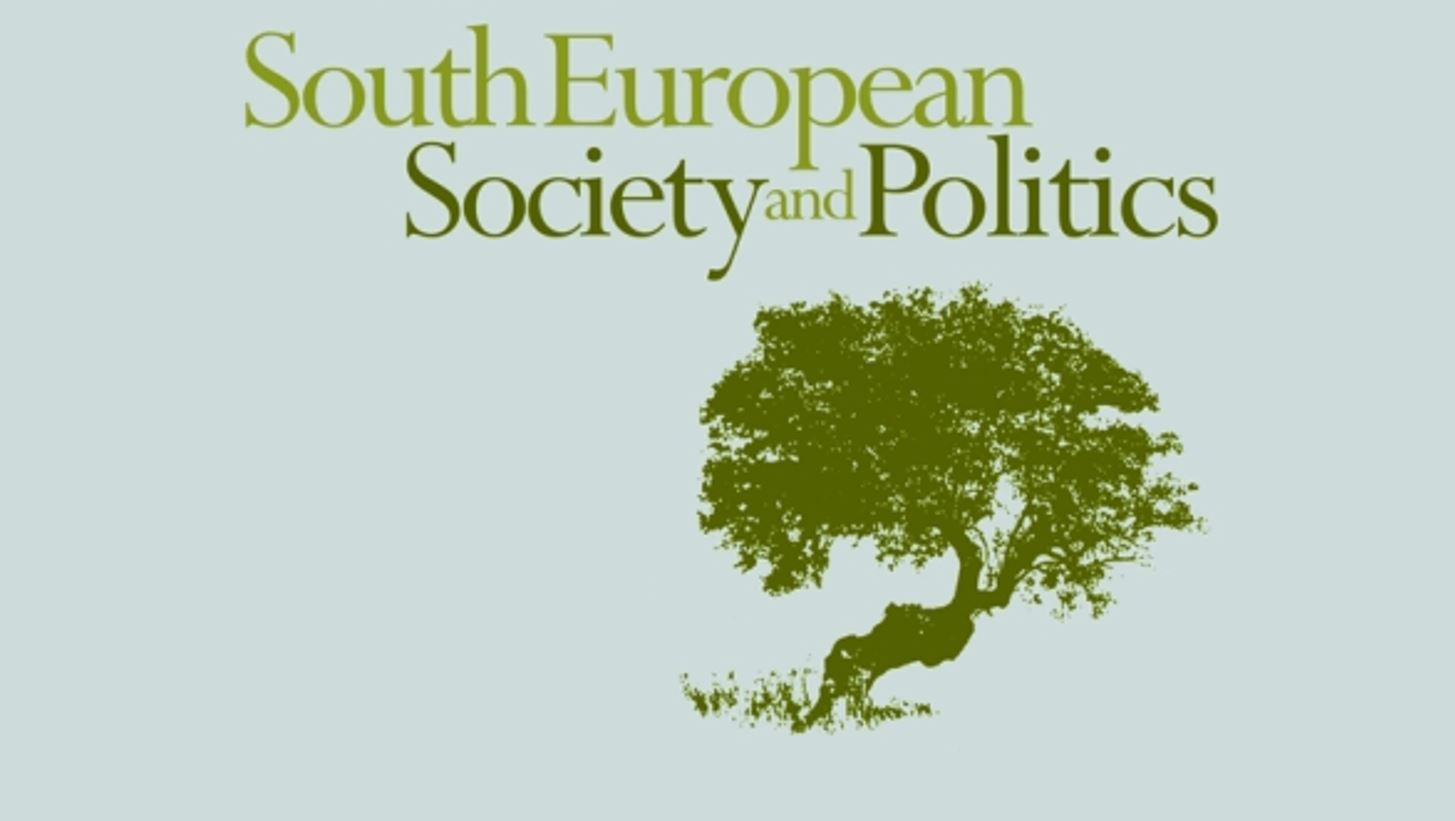Alessandro Chiaramonte
Alessandro Chiaramonte è Professore ordinario in Scienza politica presso l’Università di Firenze, dove insegna Sistema politico italiano ed Elezioni, partiti e opinione pubblica. Laureato nella facoltà di Scienze Politiche “Cesare Alfieri” dell’Università di Firenze, ha conseguito il titolo di Dottore di ricerca in Scienza politica nel 1996. È stato Research fellow presso la London School of Economics and Political Science. Fondatore e membro del Centro Italiano di Studi elettorali (CISE), è anche componente del comitato direttivo della Società Italiana di Scienza Politica (SISP), della Società Italiana di Studi Elettorali (SISE) e dell’Associazione Studi e Ricerche Parlamentari. Sotto il profilo della ricerca, si è occupato dello studio di vari aspetti della transizione politica italiana, con particolare riferimento alle elezioni e alle riforme istituzionali introdotte e progettate ai vari livelli di governo. Più recentemente è impegnato inoltre nell’analisi della trasformazione dei sistemi partitici, sia di quello italiano sia in prospettiva comparata soprattutto europea. Su questi temi ha scritto vari saggi. E’ autore di “Tra maggioritario e proporzionale. L’universo dei sistemi elettorali misti” (Il Mulino, 2005). Ha curato (con Roberto D’Alimonte) “Il maggioritario regionale. Le elezioni del 16 aprile 2000” (Il Mulino, 2000), “Proporzionale ma non solo. Le elezioni politiche del 2006 (Il Mulino, 2007), “Proporzionale se vi pare. Le elezioni politiche del 2008” (Il Mulino, 2010) e (con Giovanni Tarli Barbieri) “Riforme istituzionali e rappresentanza politica nelle regioni italiane” (Il Mulino, 2007) e “Il premio di maggioranza” (Carocci, 2011). Tra il 2002 e il 2004 è stato consulente del Consiglio regionale della Toscana nella predisposizione della nuova legge elettorale e della legge sulle primarie.
